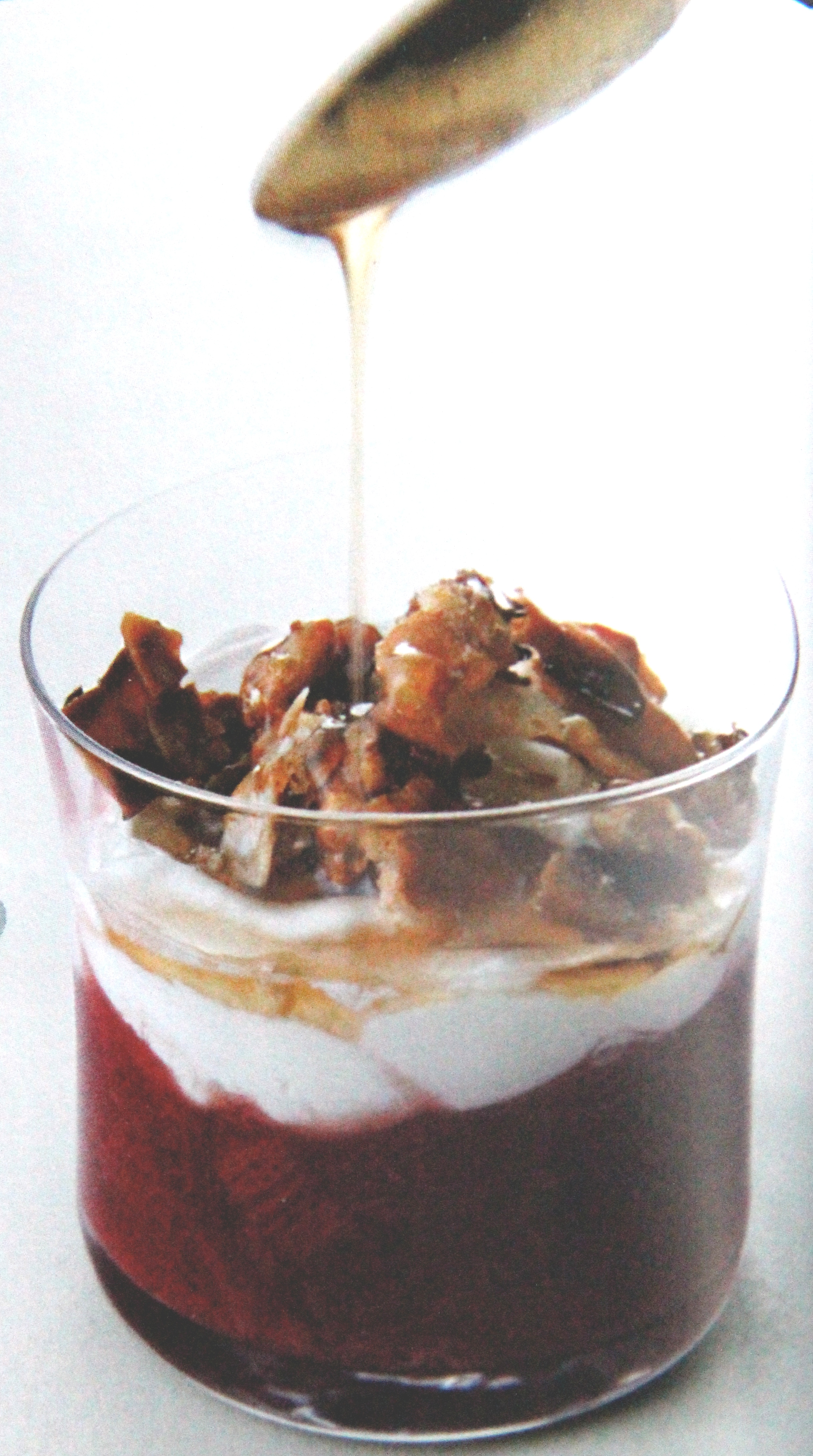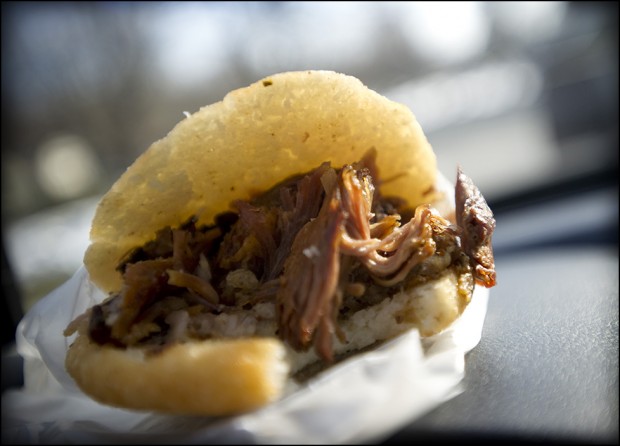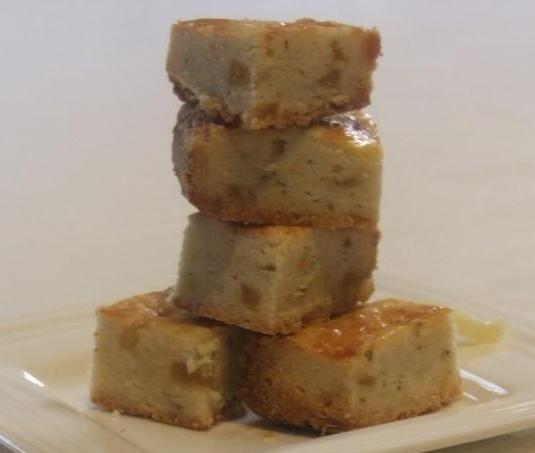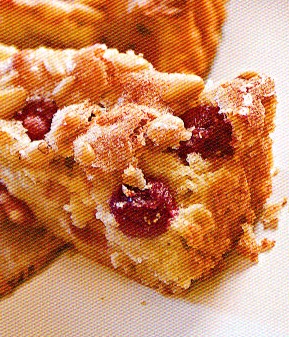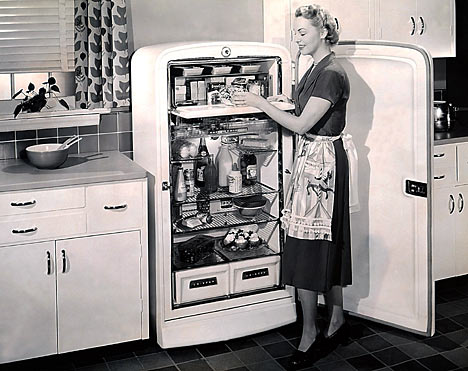 For the last four days I have been involved in a "secret project"-- one that has required lots and lots of cooking and food photography. Sixty-two photos to be exact! My days have begun at 5:45 a.m. and have lasted up to 16 hours, at which time, the dishes would be washed (we have no dishwasher!), the shopping lists made for the next day's shoot, and a final sip taken from a big glass of red wine. My house and kitchen, turned into a "studio" with simple lighting, an array of white plates, a cornucopia of fresh ingredients, and a very credible photographer whose work has graced the pages of magazines, books and food products for decades.
Part performance art, part circus, it required the best of spirits and the steady hands of an assistant, and at certain times two! -- both of whom work as personal chefs. The rhythm to get so much done in a day was at times cool jazz and at other times a symphonic movement which could have been titled Heroica! (Beethoven). If the Marx Brothers had a theme song, that, too, might describe the mood, as we spliced and diced and chopped, steamed, broiled and sauteed, churned ice cream, and sipped and slurped the strongest iced coffee you can imagine. As a frame of reference, in advertising, getting three shots done a day is good work; in publishing a book, seven or eight shots is considered fabulous. We were pushing 16, if you do the math. The reward? Beautiful images and a refrigerator so full that it was getting warm. My fridge 'runneth over! Up again at 5:45 a.m. this morning to sort out the wheat from the chaff, and to re-jigger odds and ends into dinner. That is, dinner for a week! Ground meat was turned into a meat sauce (I had lots of fresh tomatoes, basil and red onion), my gratin dauphinoise was re-layered with thin slices of roast chicken and asparagus; a multitude of vegetables from the farmer's market were steamed and tossed with fresh fettuccine as a kind of room-temperature salad for lunch today; leftover poached pears, raspberries, fresh orange segments, roasted grapes and slivers of caramelized pineapple turned into a healthy dessert for tonight's meal.
For the last four days I have been involved in a "secret project"-- one that has required lots and lots of cooking and food photography. Sixty-two photos to be exact! My days have begun at 5:45 a.m. and have lasted up to 16 hours, at which time, the dishes would be washed (we have no dishwasher!), the shopping lists made for the next day's shoot, and a final sip taken from a big glass of red wine. My house and kitchen, turned into a "studio" with simple lighting, an array of white plates, a cornucopia of fresh ingredients, and a very credible photographer whose work has graced the pages of magazines, books and food products for decades.
Part performance art, part circus, it required the best of spirits and the steady hands of an assistant, and at certain times two! -- both of whom work as personal chefs. The rhythm to get so much done in a day was at times cool jazz and at other times a symphonic movement which could have been titled Heroica! (Beethoven). If the Marx Brothers had a theme song, that, too, might describe the mood, as we spliced and diced and chopped, steamed, broiled and sauteed, churned ice cream, and sipped and slurped the strongest iced coffee you can imagine. As a frame of reference, in advertising, getting three shots done a day is good work; in publishing a book, seven or eight shots is considered fabulous. We were pushing 16, if you do the math. The reward? Beautiful images and a refrigerator so full that it was getting warm. My fridge 'runneth over! Up again at 5:45 a.m. this morning to sort out the wheat from the chaff, and to re-jigger odds and ends into dinner. That is, dinner for a week! Ground meat was turned into a meat sauce (I had lots of fresh tomatoes, basil and red onion), my gratin dauphinoise was re-layered with thin slices of roast chicken and asparagus; a multitude of vegetables from the farmer's market were steamed and tossed with fresh fettuccine as a kind of room-temperature salad for lunch today; leftover poached pears, raspberries, fresh orange segments, roasted grapes and slivers of caramelized pineapple turned into a healthy dessert for tonight's meal.
But nothing topped breakfast this morning -- a slice of my husband's dense homemade rye bread spread with leftover scallion butter (used for a creamy corn soup) and sprinkled with salt. I encourage you to visit your fridge and to visit a website called "expendible edibles" for inspiration. You may want to fry the carrot tops lurking in the vegetable drawer and scatter them atop a nice carrot-ginger soup. It's time again to make lemonade out of lemons or better yet, make refreshing agua fresca from leftover watermelon, honeydew or cantaloupe. Recipe below (for carrot tops, too!)
Fried Carrot Tops
1/4 cup lacy green carrot tops 3 tablespoons olive oil
Wash the carrot tops and dry thoroughly. Heat the oil in a small skillet until hot. Carefully add the carrot tops and fry for 30 seconds. or until crispy and still bright green. Transfer to paper towels. Sprinkle very lightly with salt. Stays crispy for several hours.
Agua Fresca (adapted from Eat Fresh Food: Awesome Recipes for Teen Chefs) This doesn't require much sugar; just let the fresh fruit flavors shine through.
1/2 large ripe cantaloupe or honeydew (or leftover pieces) 1/4 cup sugar slices of lemon or lime
Remove any seeds from melon. Cut into large pieces and put in a blender with the sugar, 1 cup of water and a pinch of salt. Process on high until very smooth. You will have 3 cups of liquid. Put it in a pitcher and add 3 cups of cold water. Cover and refrigerate until cold. Pour over ice and garnish with lemon or lime. Add more sugar (dissolved in hot water), if needed. Garnish with pieces of melon, if you wish. Serves 4
